Labour Day: Honouring Workers through African Art
Labour Day, a cherished celebration in the global calendar, serves as a time to honour and appreciate the tireless contributions of workers worldwide. The origins of this day can be traced back to the labour union movements in the late 19th century, where workers advocated for fair wages, reasonable hours, and improved working conditions. Today, Labour Day is not only a day of remembrance but also an opportunity to promote workers’ rights and welfare.
In this journal, we shall delve into the fascinating world of African art as a medium for honouring workers. Africa, the cradle of human civilization, boasts a rich and diverse history of artistic expression. From the ancient sculptures of Egypt to the contemporary paintings of Nigeria, African art has long been a powerful tool for storytelling, social commentary, and cultural preservation. By exploring the various ways in which African art pays tribute to workers, we aim to uncover the profound impact that art can have on society and the people who shape it.
A. African Art Forms Used to Honour Workers
1. Sculpture
African sculpture, known for its striking beauty and expressive power, often incorporates themes of work and labour. Traditional materials such as wood, stone, and bronze are used alongside contemporary materials like glass and recycled metals to create unique pieces that capture the essence of the worker.
For instance, the Shona sculptures of Zimbabwe, made from serpentine stone, showcase the physical strength and resilience of African workers. Many Shona sculptures depict scenes of daily life, including farming, fishing, and crafting, which serve as a testament to the enduring spirit of the working class.
2. Painting
Painting is another art form through which African artists honour workers. Paintings can depict historical and social contexts, as well as the daily lives of workers. One such example is the work of South African painter Gerard Sekoto, who portrayed the lives of black South Africans during the apartheid era. His paintings, such as “Song of the Pick” (1946-47), highlight the plight of workers, their resilience, and determination in the face of adversity.
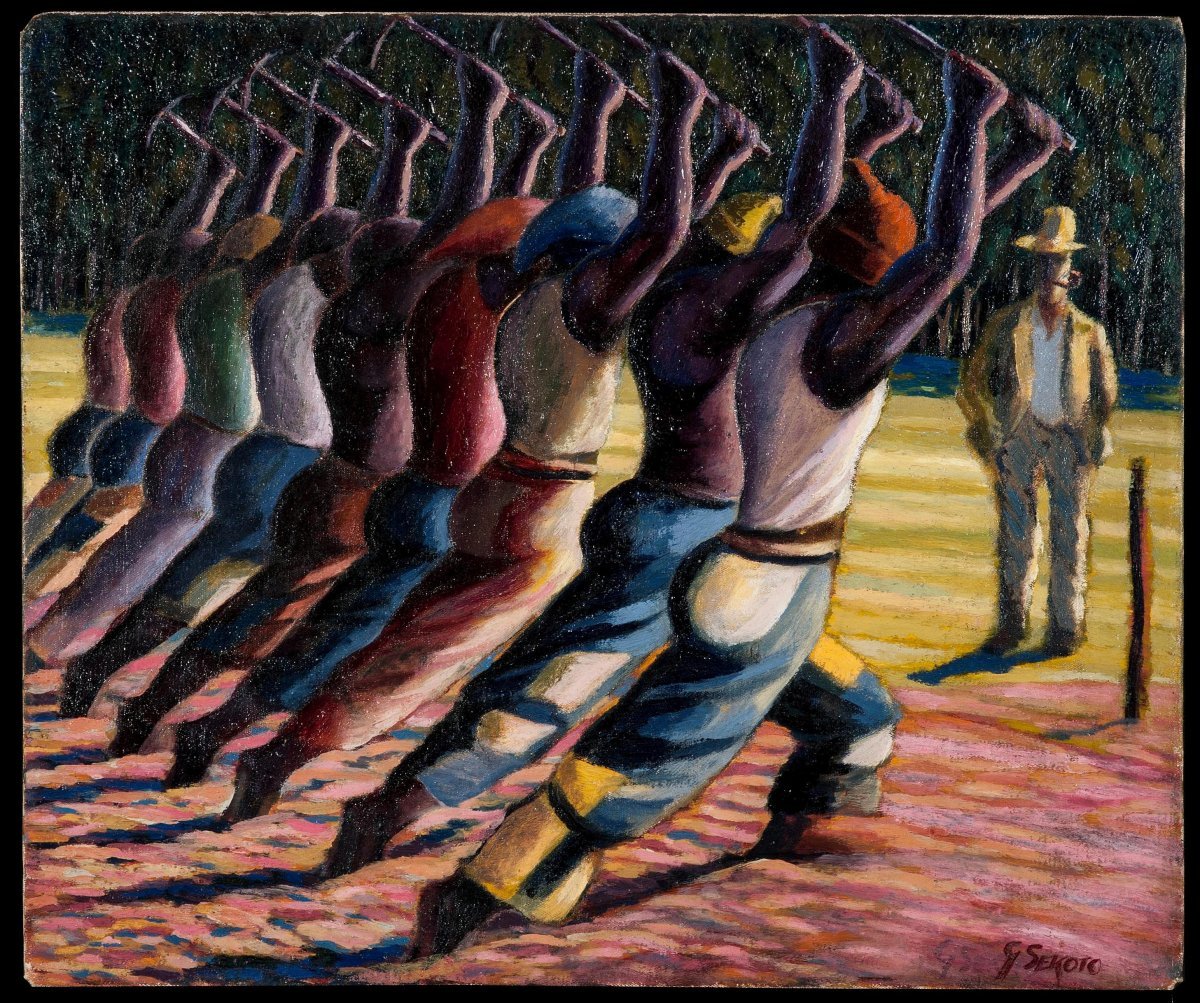
Another noteworthy painter is the Nigerian artist Ben Enwonwu, whose paintings often depict workers in their element. His series of paintings entitled “African Dances” showcases dancers performing traditional dances, many of which are linked to work and labour. Through these vibrant and expressive pieces, Enwonwu pays homage to the workers who have shaped African culture.
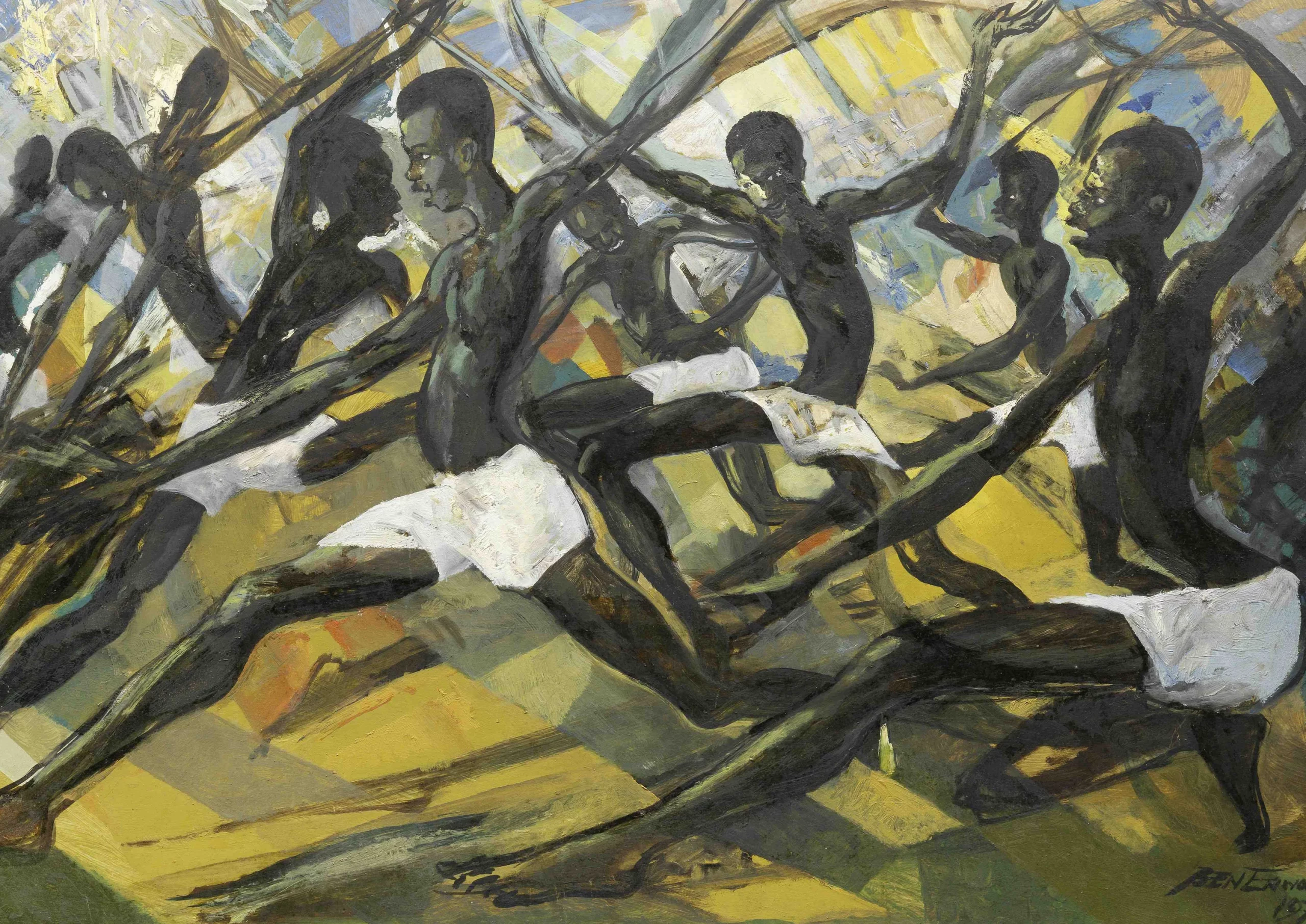
3. Textiles and Tapestries
Textiles and tapestries are an integral part of African art, often used to convey stories and symbolism. Many of these works of art celebrate the labour and craftsmanship of African workers. Kente cloth, native to the Akan people of Ghana, is a prime example. Each pattern and colour symbolizes different aspects of society, including hard work, unity, and perseverance.
Similarly, the Bamana people of Mali create beautiful mudcloth textiles called “bògòlanfini”, which showcase the intricate labour and skill involved in their creation. As these textiles are often used in rituals and ceremonies, they serve as a constant reminder of the importance of work and the contributions made by craftsmen.
4. Performing Arts
The performing arts, such as music, dance, and theatre, have long been used to honour workers in Africa. Workers are often the central figures in these performances, which celebrate their strength, endurance, and resilience.
In Zimbabwe, the traditional Mbira music is an ode to the agricultural workers who have long been the backbone of the country’s economy. Similarly, the Gumboot dance of South Africa, which originated among miners, is a powerful testament to the strength and solidarity of workers in the face of challenging conditions. The dance, performed in gumboots and accompanied by rhythmic clapping and stomping, is a captivating display of resilience and camaraderie.
Theatre has also played a crucial role in honouring workers and addressing their concerns. The works of Nigerian playwright and Nobel laureate Wole Soyinka often feature workers as central characters, highlighting their struggles and aspirations. In his play “The Man Died” (1972), Soyinka uses art as a form of protest, exposing the injustices faced by workers during the Nigerian Civil War.
B. Impact of African Art on Workers and Society
1. Raising Awareness of Workers’ Rights
African art has long been a catalyst for change, addressing issues of exploitation and injustice faced by workers. By showcasing the harsh realities of the working class, artists like Gerard Sekoto and Wole Soyinka have helped raise awareness of workers’ rights, advocating for fair wages and improved working conditions.
2. Encouraging Unity and Solidarity
Art can serve as a powerful unifying force, bringing together individuals with shared experiences and struggles. African art has played a significant role in strengthening workers’ movements, by celebrating their resilience and encouraging unity and solidarity. The Gumboot dance of South Africa, for instance, has transcended its origins as a form of worker protest and is now a symbol of unity and cultural pride.
3. Preserving and Showcasing Cultural Heritage
African art has long been a means of preserving and showcasing the continent’s rich cultural heritage. By honouring traditional skills and crafts, artists like Ben Enwonwu and the creators of Kente cloth foster a sense of pride in African craftsmanship. These works of art serve as a reminder of the invaluable contributions that workers have made to the cultural fabric of the continent.
In conclusion, African art plays a vital role in honouring workers on Labour Day and beyond. By acknowledging and celebrating their contributions, African art empowers workers, advocates for their rights, and promotes their welfare. The diverse art forms discussed in this journal—sculpture, painting, textiles, and performing arts—demonstrate the power of art to create social change, inspire dialogue, and foster unity and resilience.
As we continue to honour workers through African art, we ensure that they remain central to society and culture. By celebrating the rich diversity of African art and its impact on workers and the world, we contribute to a more equitable, just, and vibrant future for all.

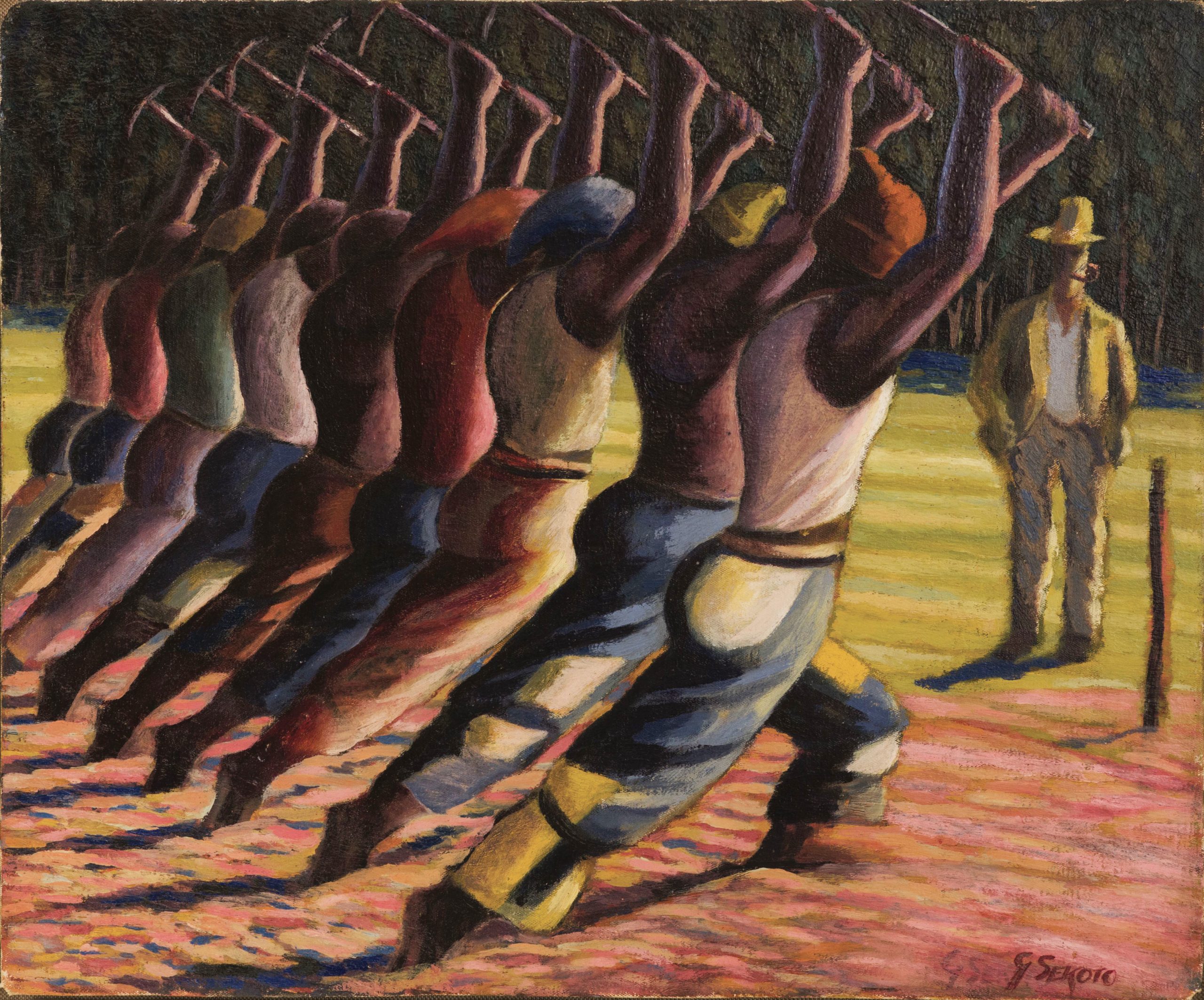
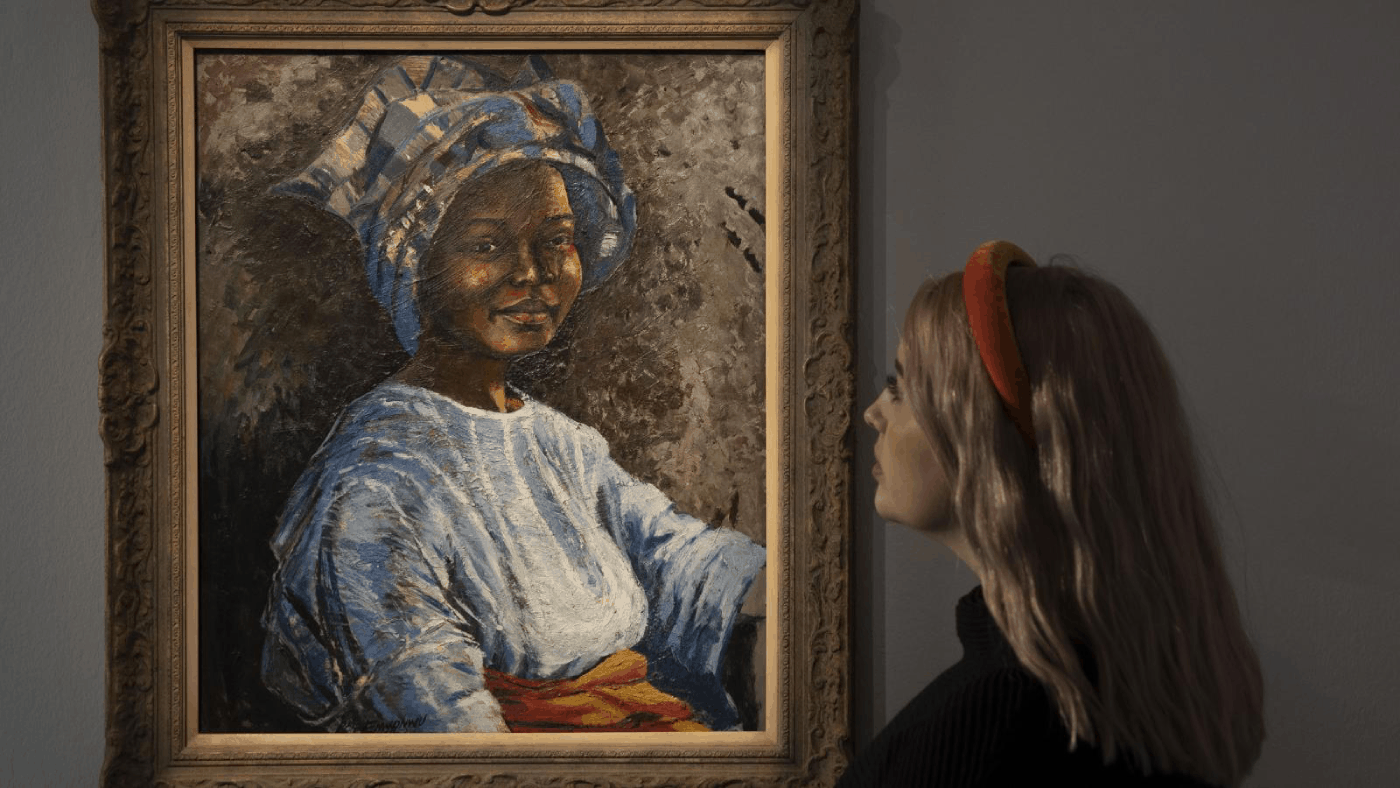

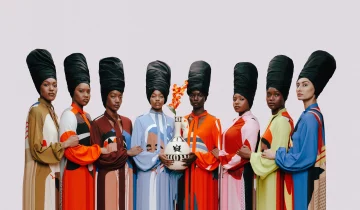
 No products in the basket.
No products in the basket.